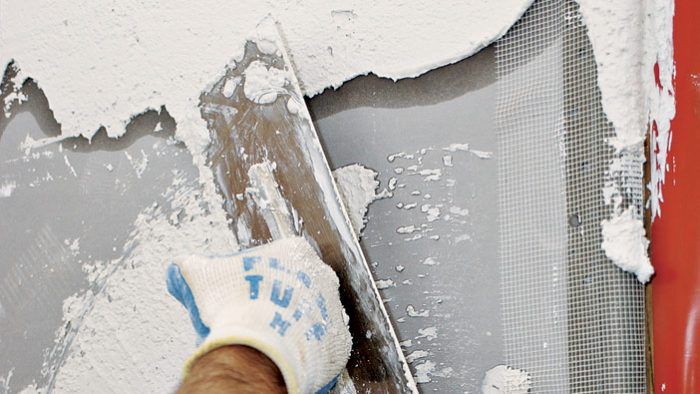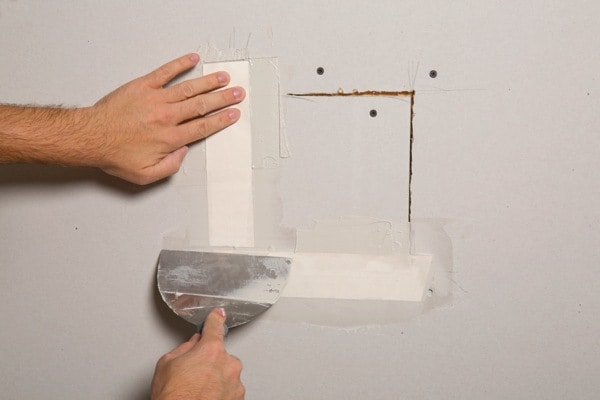Plastering Contractors: Professional Coatings for Your Office Or Home
Plastering Contractors: Professional Coatings for Your Office Or Home
Blog Article
Key Tips and Devices for Effective Plastering in Your Home Improvement Undertakings
Accomplishing a flawless plaster finish in your house improvement projects requires a mix of the right devices and proven strategies. Important executes such as the hawk and trowel are critical for reliable application, while correct surface preparation lays the structure for success. In addition, recognizing the subtleties of mixing plaster and using it in slim layers can significantly impact the final result. As we explore these basic facets, it becomes noticeable that staying clear of common mistakes can raise your plastering skills-- ensuring your following task not only meets but goes beyond assumptions.
Essential Smudging Devices
A plasterer's toolkit is fundamental to achieving a sturdy and smooth finish on walls and ceilings. The vital devices encompass a variety of applies created to promote the plastering procedure effectively and effectively. Key parts include a hawk, which is a flat, square device made use of to hold the plaster while applying it to surfaces. This device enables simple transport and application of the product.

Additionally, a blending container is needed for preparing plaster, guaranteeing the appropriate uniformity before application (Plastering). Together, these necessary plastering tools make it possible for both experts and Do it yourself lovers to accomplish premium outcomes in their smudging tasks.
Surface Area Prep Work Strategies
Effectively preparing the surface before smudging is essential for making certain attachment and accomplishing a perfect coating. The very first step entails cleansing the surface area to get rid of any dust, grease, or old paint that might prevent the plaster's capability to bond effectively. An extensive laundry with an appropriate cleansing remedy is recommended, complied with by rinsing and enabling the surface to completely dry completely.
Next, analyze the surface area for any fractures or imperfections. These ought to be filled with an ideal filler compound and enabled to treat according to the maker's directions. For porous surfaces, applying a primer is crucial to create a consistent structure and enhance bond.
Additionally, it is vital to ensure that the surface area is secure and structurally audio. Any type of loose products, such as flaking paint or damaged drywall, ought to be fixed or gotten rid of. If functioning with masonry surfaces, take into consideration utilizing a scrape layer to improve grasp.
Mixing Plaster Like a Pro

Making use of a tidy blending container, pour the water initially, then slowly include the plaster powder while mixing constantly. This technique assists to prevent clumping and makes sure an also circulation of materials.
When blended, allow the plaster to relax for a few mins to allow the plaster crystals to moisturize totally. This pause boosts workability and decreases the danger of cracking throughout application. By following these actions, you can mix plaster like a pro, establishing the structure for an effective smudging job in your home renovation endeavors.
Application Techniques for Smooth Finishes
With the plaster blend prepared to the optimal consistency, the next action involves picking suitable application approaches to accomplish a smooth surface. This tool enables for a fine, even circulation of plaster throughout the surface area while decreasing trowel marks.
Begin by using a generous amount of plaster to the surface making use of the trowel, guaranteeing it sticks well. Use a methodical strategy, functioning from the lower upward. Once the first layer is applied, utilize important site a sweeping motion to smooth the surface area, using also pressure. In locations that need even more thorough attention, consider utilizing a float, which can aid get rid of any kind of blemishes and develop an uniform appearance.
For the last touches, a wet sponge can be made use of to fine-tune the surface area even more. Gently mist the plaster with water and delicately scrub the surface to accomplish a sleek result. Always remember to operate in tiny sections to maintain control over the application process, guaranteeing a smooth, professional finish throughout your plastering job.
Usual Errors to Stay Clear Of
When embarking on a plastering task, avoiding common mistakes is important for attaining a perfect surface. Among the most prevalent mistakes is neglecting surface area preparation. Falling short to clean and repair the substrate can cause inadequate bond and uneven surface areas. Ensure that all dust, oil, and loose materials are removed before using plaster.
An additional common error is applying plaster also thickly. Thick layers can split as they dry out, endangering the stability of the coating. Instead, select several thin layers, enabling each coat to dry entirely before using the next.
Furthermore, poor blending techniques can cause inconsistent texture and workability. Always comply with the maker's instructions for blending proportions and extensively blend the plaster to achieve an uniform uniformity.

Timing also plays a critical function; plaster needs to be applied while the substratum is moist to boost bond. Premium trowels and drifts can make a substantial difference in achieving a smooth coating.
Verdict
Efficient plastering requires a detailed understanding of necessary tools and techniques. By utilizing appropriate devices, guaranteeing careful surface prep work, and sticking to recommended blending ratios, ideal outcomes can be accomplished. Using proper application techniques further improves the finish, while awareness of usual errors can stop setbacks. Mastery of these elements not just adds to the aesthetic allure of a space yet likewise makes certain toughness and longevity in plastering tasks, making them important to successful home renovation undertakings.
A float is an additional essential tool, which helps in leveling the plaster and attaining an uniform surface.

By adhering to these actions, you can mix plaster like a professional, setting the structure for a successful plastering project in your home enhancement endeavors.
Gently mist the plaster with water like it and carefully massage the surface area to accomplish a sleek effect.
Report this page